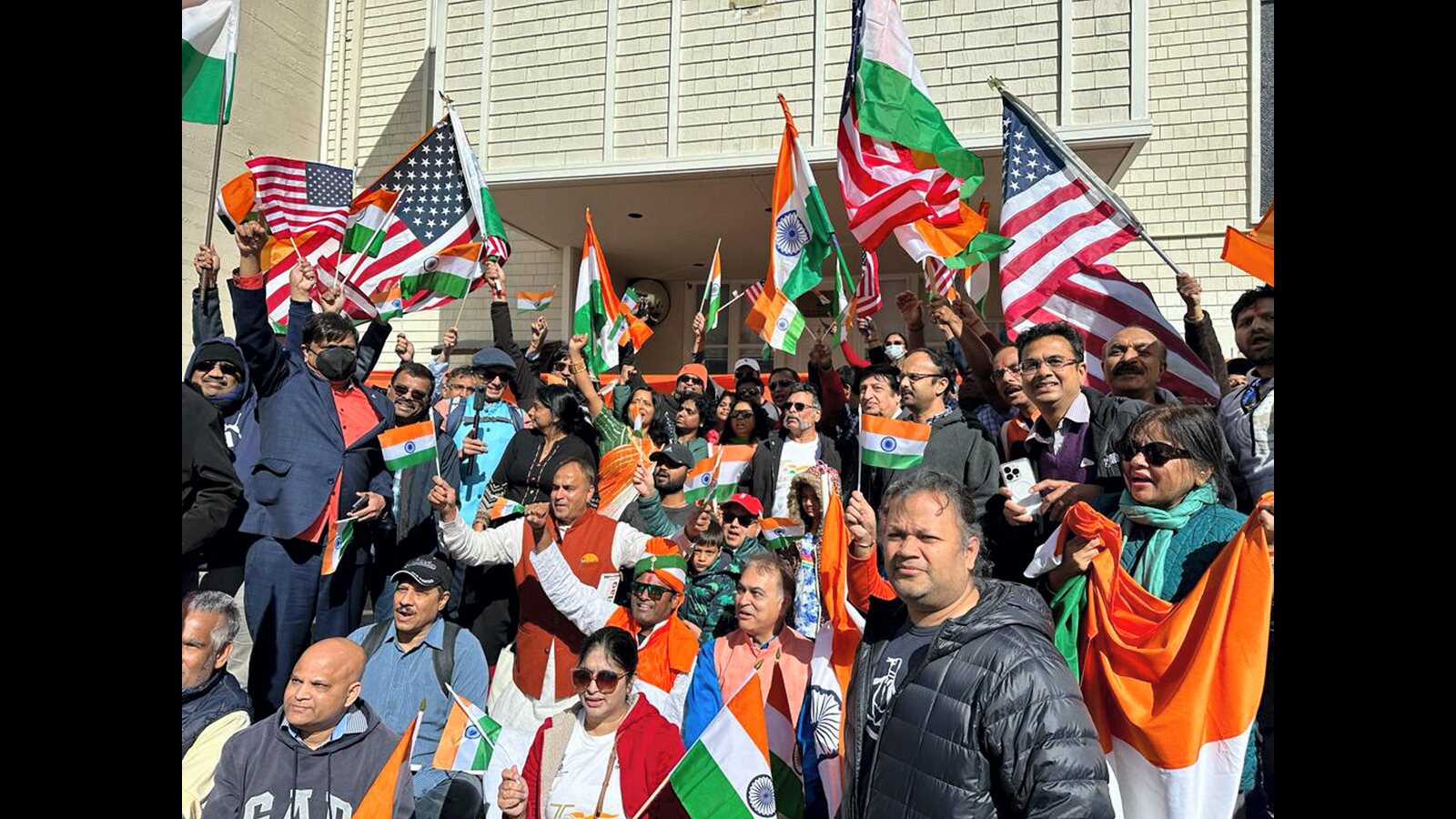

On July 4, the United States (US) celebrated its founding as a nation 248 years ago in 1776. There were no future citizens from India in the US at that time.
There are Indian American citizens in the US today, and they play a major role in shaping America’s future. This is the key takeaway from a landmark report released last month by the US-based nonprofit group, Indiaspora, which details the contributions of Indian Americans to the US and their impact on the country.
The report titled “Small Community, Big Contributions, Boundless Horizons”, authored in partnership with the Boston Consulting Group, examines the contributions of Indian Americans in five key areas — economic, scientific, social, cultural, and civic. This first-of-its-kind study underscores the remarkable achievements of the Indian diaspora in several of these key sectors and paints a vivid picture of how a small ethnic group, comprising just 1.5% of the US population, punches way above its weight and enriches this nation’s economy and culture.
The report found that, despite its small population, the community contributes significantly to the US economy, paying more than 5% of taxes. Last year, 4.4% of senior public service positions were held by Indian Americans, up from 1.7% in 2013. Indian Americans constitute 10% of all physicians in the US and serve approximately 30% of all patients in the country. Approximately 22,000 Indian Americans teach at US higher education institutions, and 35 out of the top 50 colleges (70%) in the US have an Indian American in their leadership.
Indian Americans are also highly entrepreneurial, having founded 11% of nearly 650 unicorns (startups valued at over $1 billion). Their entrepreneurial spirit is particularly evident in the hospitality industry, where they own 60% of all hotels in the US, generating $700 billion in revenue and creating 4 million jobs annually.
The report contains several other interesting tidbits. For instance, half of the Indian American population lives in five large states: California, Texas, New York, New Jersey, and Illinois, all states with major metropolitan areas. It also provides insights into the community’s social structure, noting that a fifth of Indian Americans live in multi-generational homes, a practice reminiscent of the joint family system in India.
The secret behind the community’s financial success lies in its educational attainment and professional engagement. More than three-fourths of Indian Americans have at least a bachelor’s degree, and a similar percentage work in high-paying professions such as management, business, science, or the arts. This educational and professional excellence is reflected in the fact that 16 Indian American CEOs are leading Fortune 500 companies.
Summing up the Indian American story, the report concludes: “Indian Americans are shaping the tech world, saving lives in healthcare, nurturing young minds as educators, creating cultural wonders as artists, expanding knowledge as scholars, and unravelling the universe’s mysteries as scientists. They are a powerhouse of talent, resilience, and diversity that enriches America. Whether through numbers or personal tales, their stories reveal the significant impact they have had on the American narrative. The community’s perseverance and accomplishments illustrate their vital role in American society, driving progress and unity.”
However, while they excel in many fields, there are areas where the community needs to do better. Philanthropy, for instance, is one such area.
According to Indiaspora and BCG, Indian American households gave $1.5 billion in 2023. Although this is a substantial amount, it pales compared to the total giving of all American households, which amounts to about half a trillion dollars annually. In other words, per capita, Indian Americans contribute only a fifth of what the average US household gives. It is worth noting, however, that philanthropic contributions from Indian Americans have been on the rise in recent years.
Additionally, it’s necessary to acknowledge the challenges within the community, including the presence of a significant undocumented immigrant population. While poverty rates among Indian Americans are much lower than the national average, a Pew Research Center study revealed that the number of undocumented Indians has grown from 33,000 in 1996 to 725,000 in 2021, making it the third-largest undocumented immigrant population in the US.
As this column noted in December, there is a general lack of empathy within the larger Indian American population for undocumented Indians. Reiterating what was stated in that column, there is a moral imperative for the Indian American community to initiate a discussion regarding undocumented immigration, particularly from India.
In closing, it is important to recognise the role the US itself plays in providing a fertile environment for Indian Americans to maximise their potential through its diverse and inclusive landscape, which embraces talent from all backgrounds. A supportive infrastructure, combined with the American values of meritocracy and equal opportunity, helps Indian Americans unleash their full potential.
“If you take a grain of wheat, an agricultural commodity, and make it into a loaf of bread, the value add is only three times,” says legendary Indian American marketing scholar Jagdish “Jag” Sheth. “If you take a rough diamond and polish it, a good diamond cutter will get the brilliance out to about 15 to 20 times… but if you take a human being, mentor, nurture, educate, and give opportunities, the value add is infinite.”
This encapsulates what America has done for immigrants. Indian American immigrants have benefited from that investment. In return, they are shaping America’s future to unlock the potential of others.
Frank F Islam is an entrepreneur, civic leader, and thought leader based in Washington DC. The views expressed are personal







